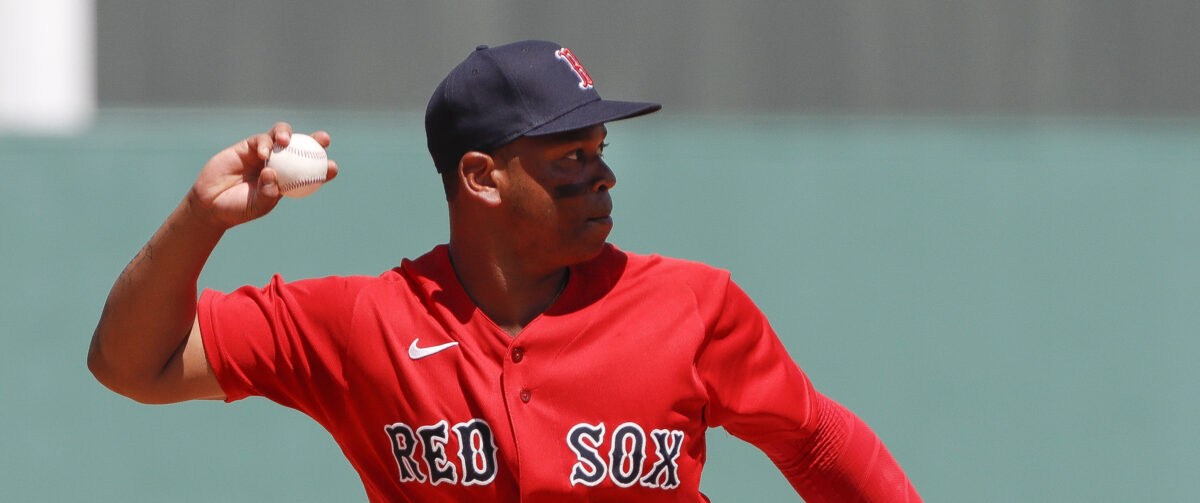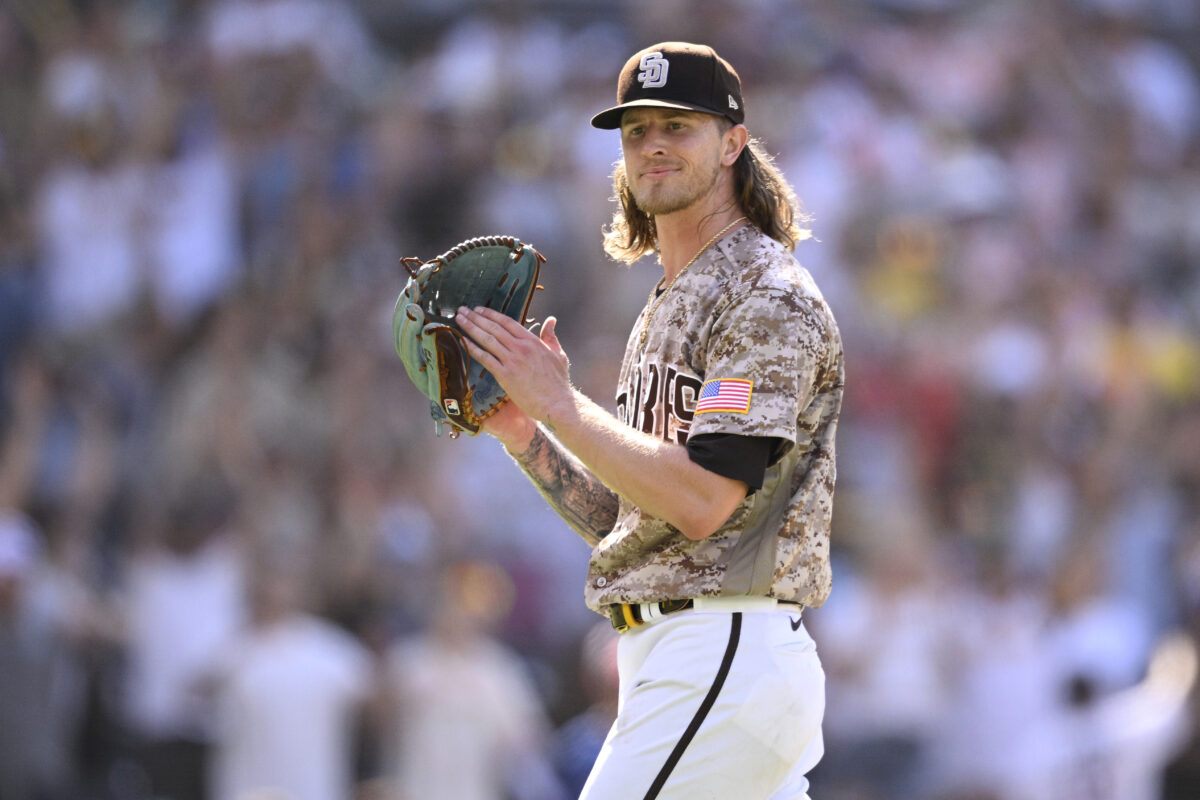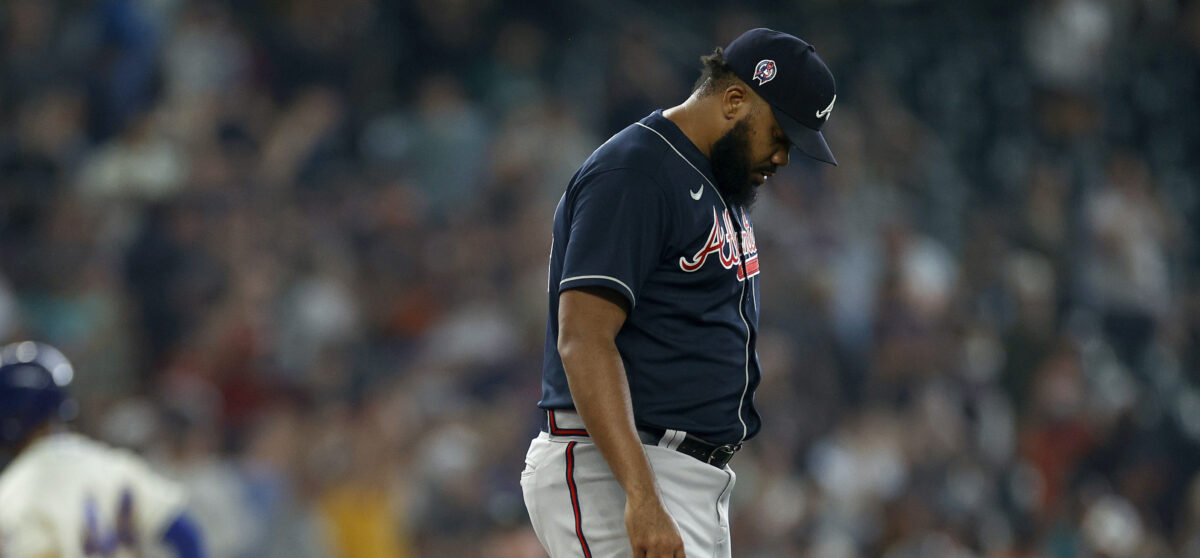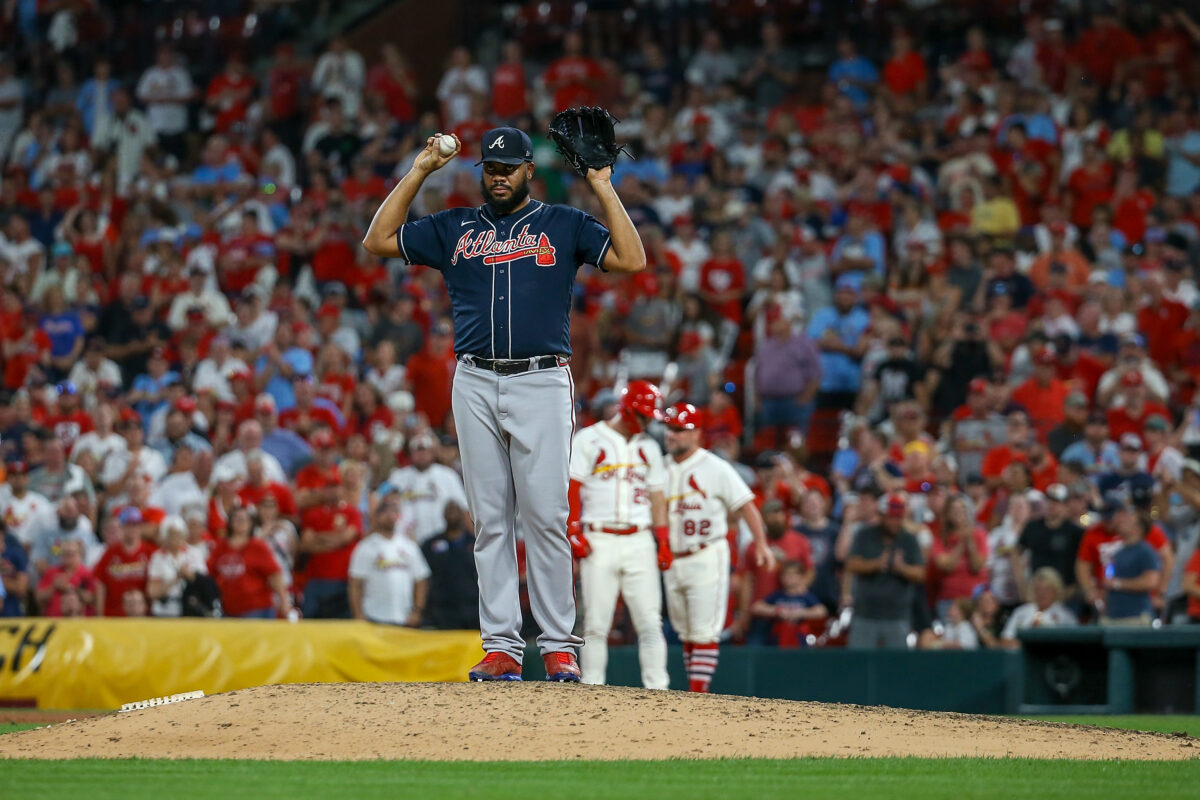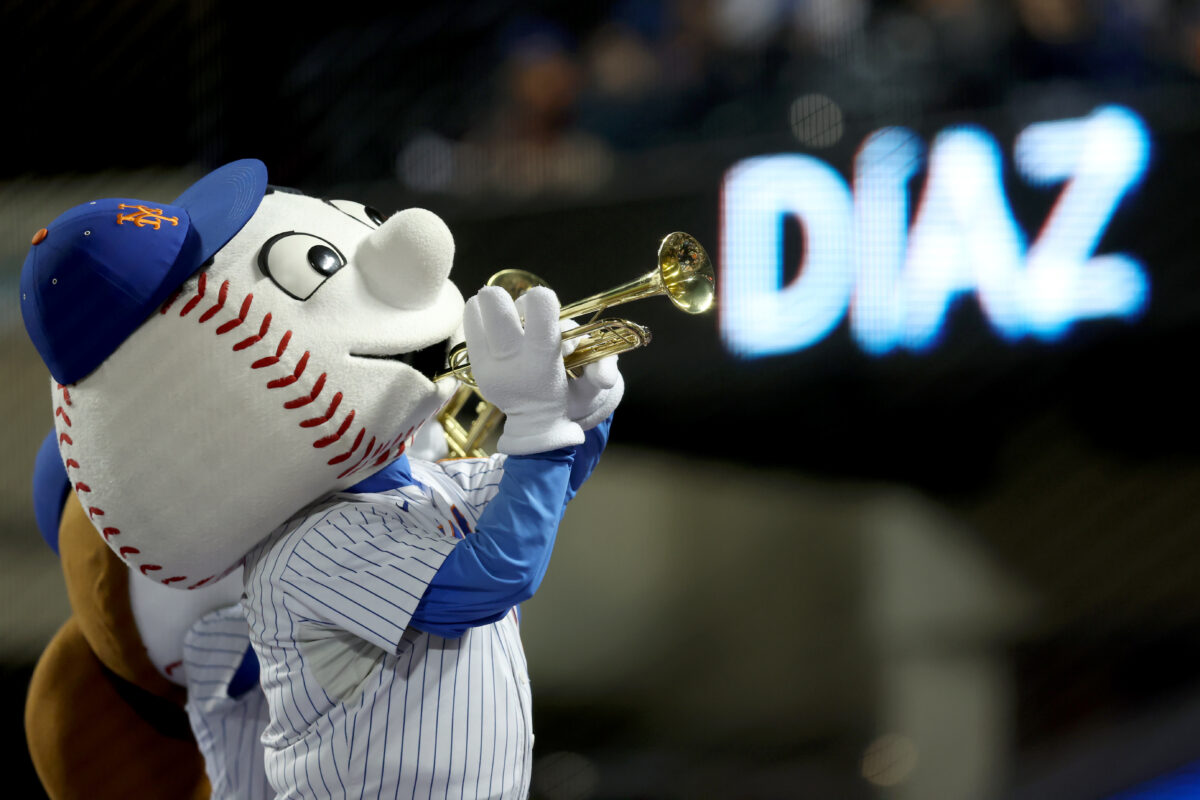When the Boston Red Sox signed closer Kenley Jansen last offseason and reached a long-term extension with Rafael Devers, the two players had the expectation that the Red Sox were looking to compete immediately in a stacked AL East.
But a last-place finish in 2023 and a quiet offseason in 2024 signaled that the Red Sox are shifting into a rebuilding mode. Needless to say, both Jansen and Devers aren’t thrilled with what they’ve seen from John Henry, Craig Breslow and the rest of the front office.
Speaking to reporters on Tuesday with an interpreter, Devers expressed his frustration with the front office. He wondered why the team isn’t doing more to address their needs.
What is going on with the Red Sox front office, man? I just don’t get it.
Appreciate the honestly from Devers in this situation. Literally everyone is frustrated.
— Ben Verlander (@BenVerlander) February 20, 2024
Devers said:
“Everybody knows what we need. And they know what we need. It’s just some things that I can’t say. … Everybody in the organization that knows the game knows what we need.”
Jansen also had similar remarks on a podcast, saying that he almost felt deceived by the team’s vision when he joined Boston from the Braves. Via SI.com:
“I definitely feel frustrated,” Red Sox closer Kenley Jansen said on the “Baseball Isn’t Boring” podcast. “I came here for two years where Year 1 we were going to compete but by Year 2 they were really going to go for it… They have a different vision now. I get it. It’s part of the business but at the same time I have one more year left here and I’m going to give the fans the best that I have.”
That frustration is certainly echoed by Red Sox fans, and they were happy to see two clubhouse leaders call out the front office.
